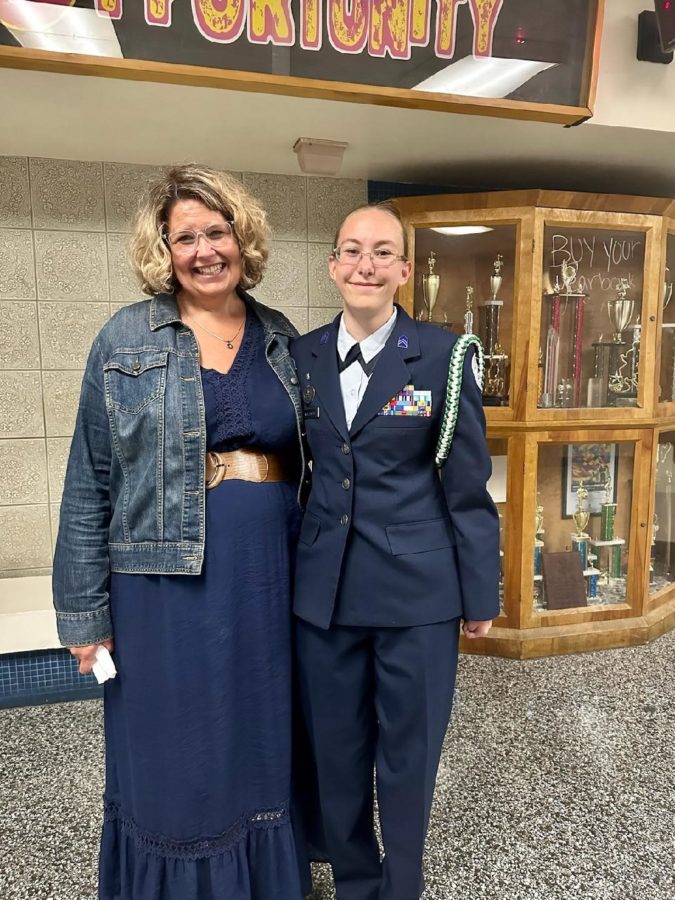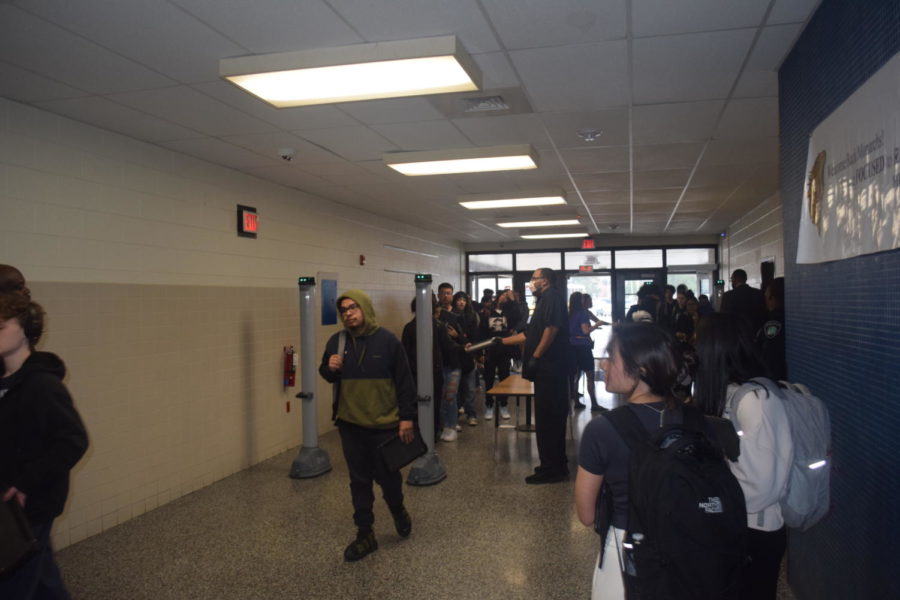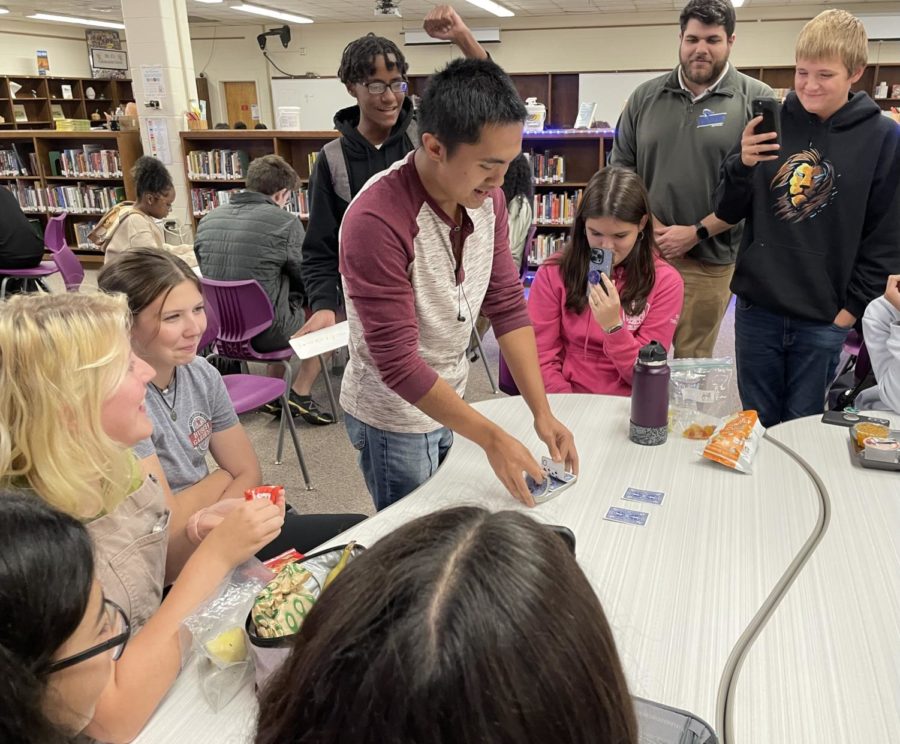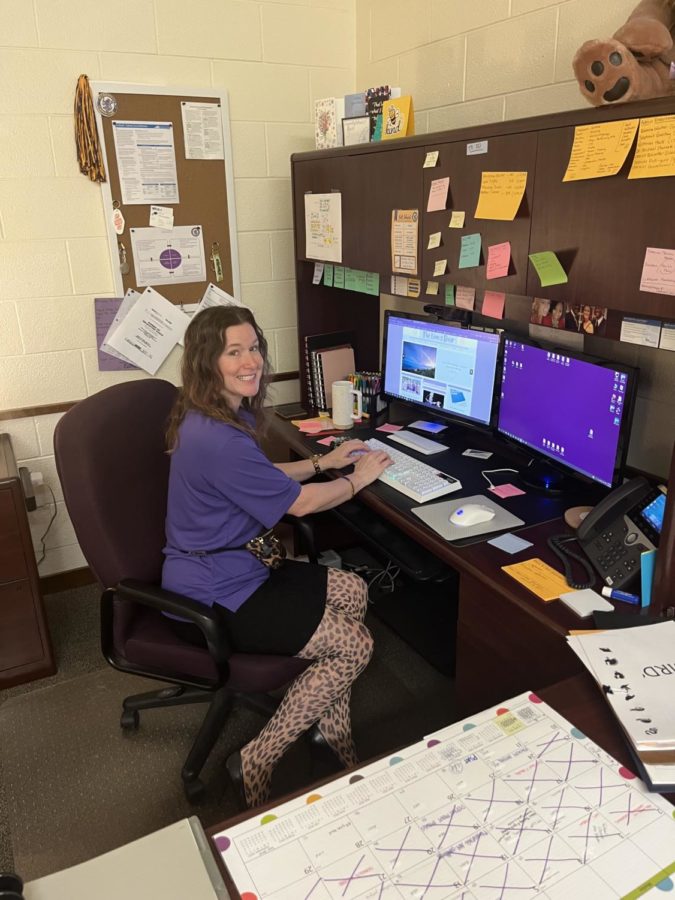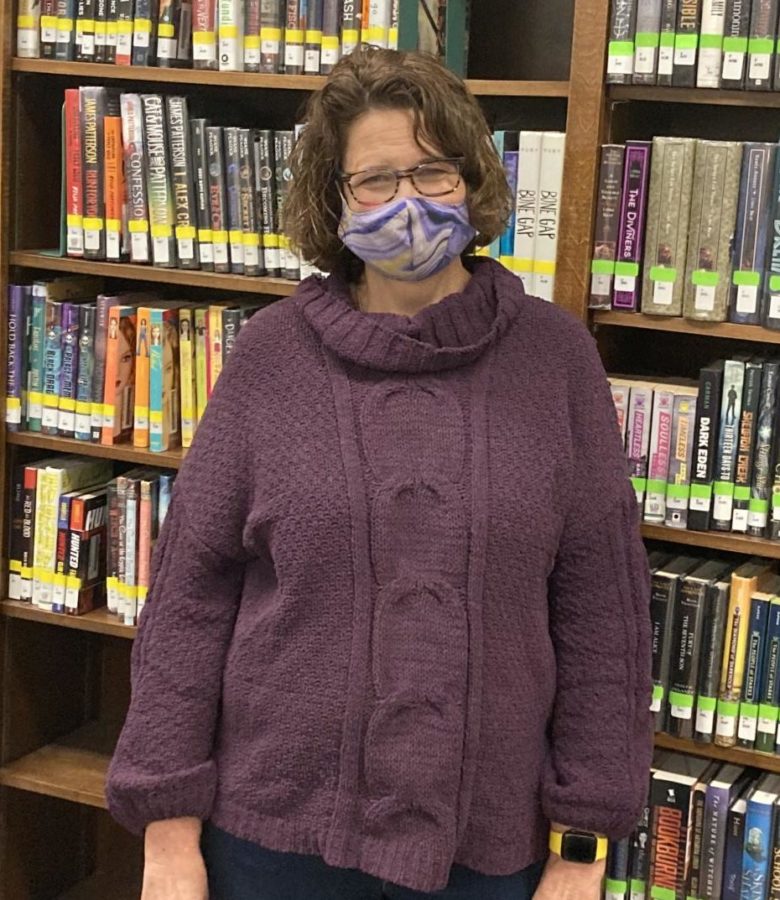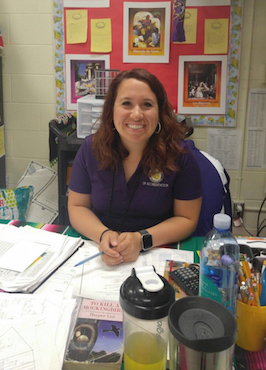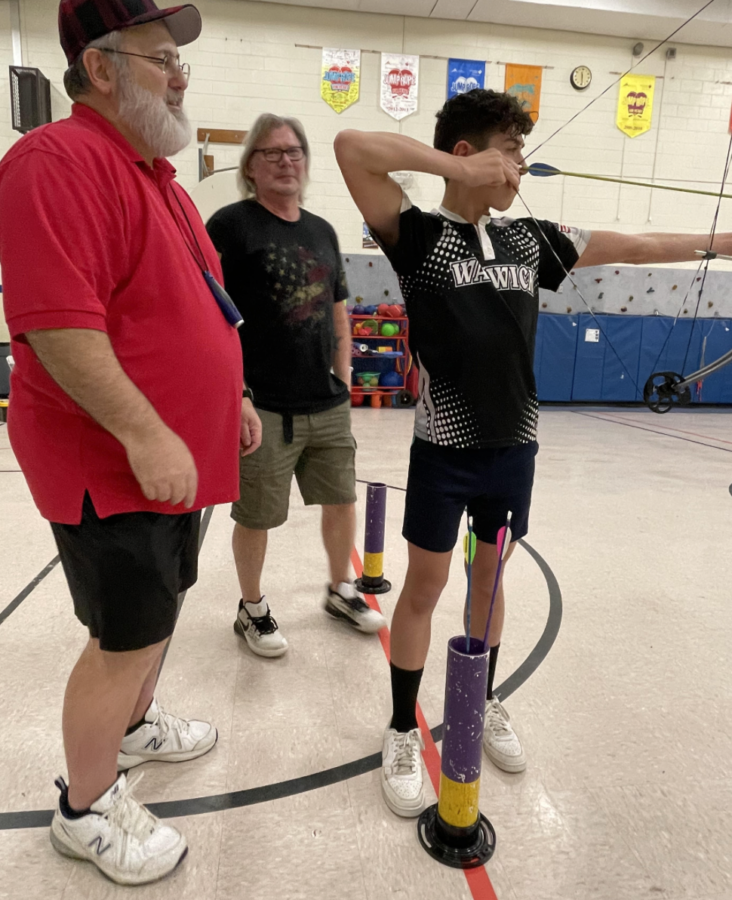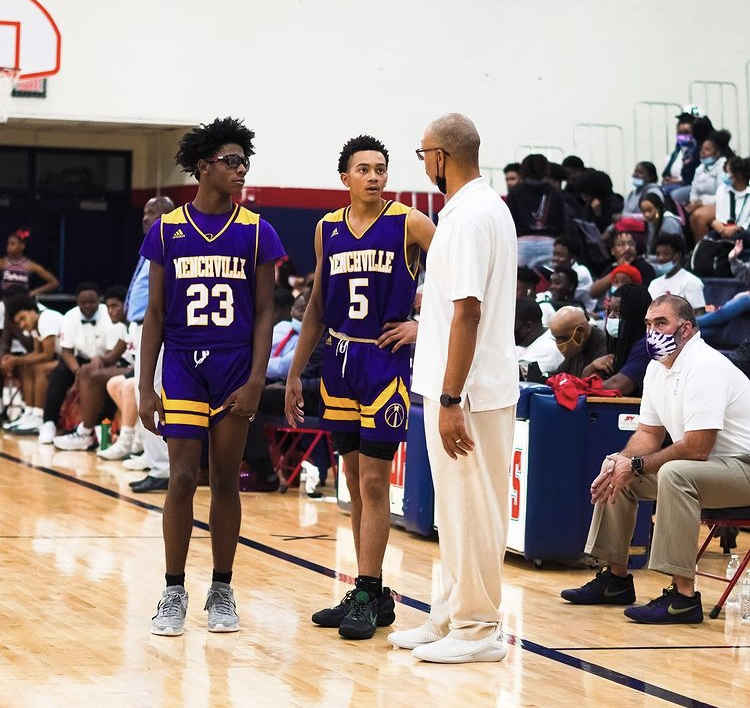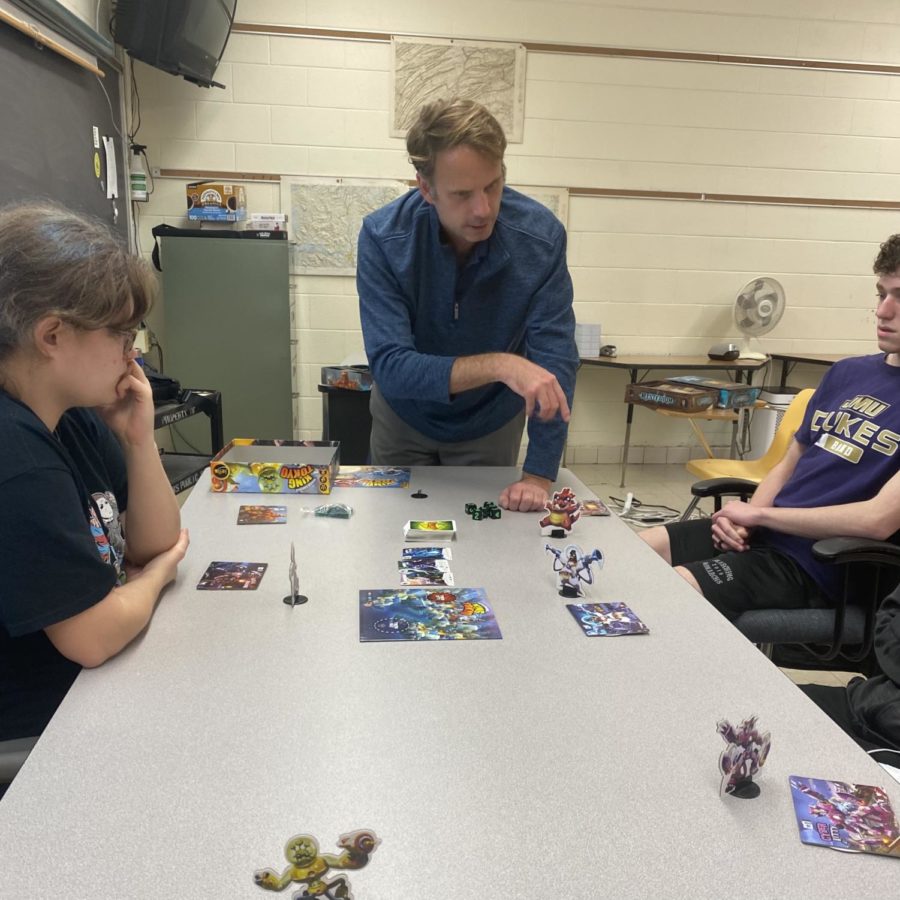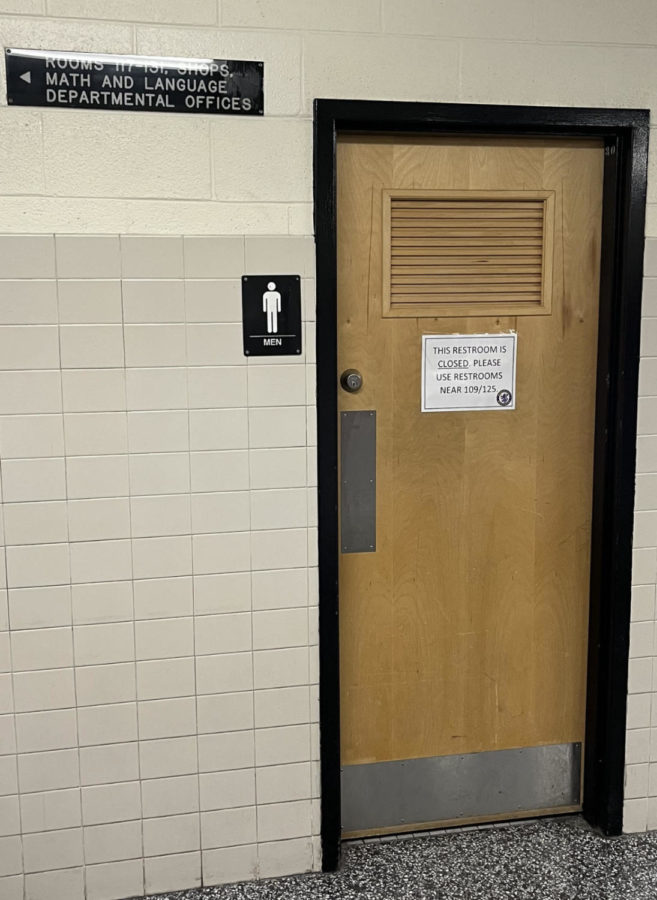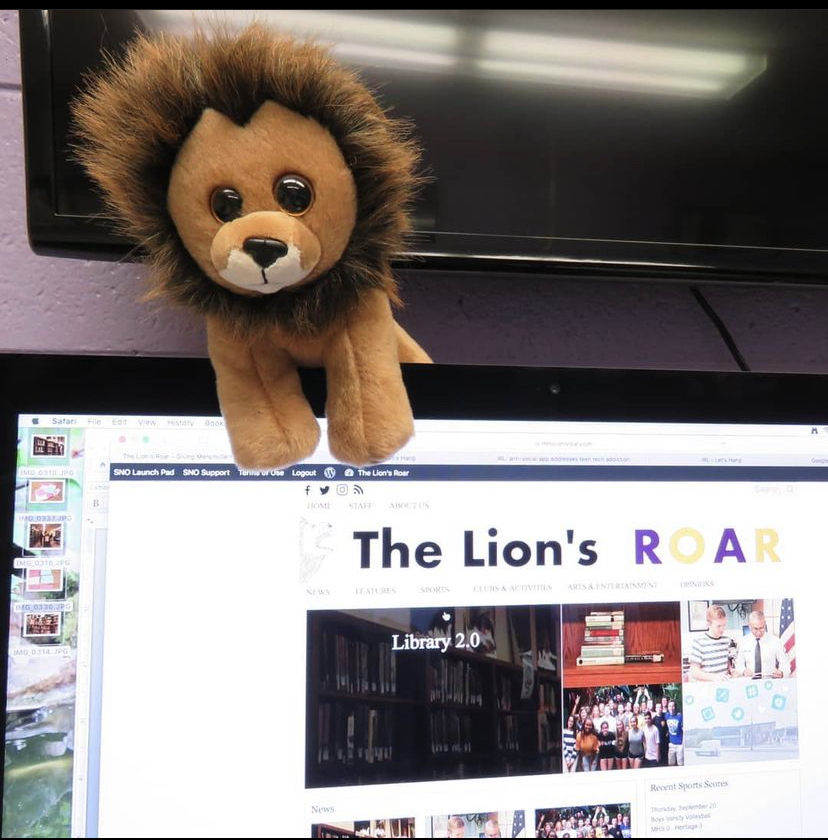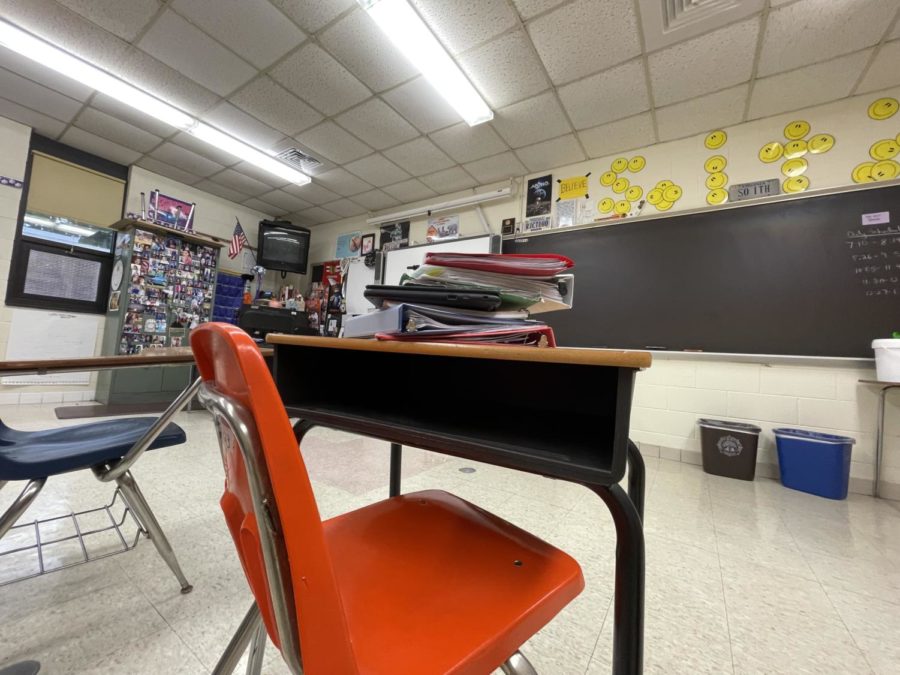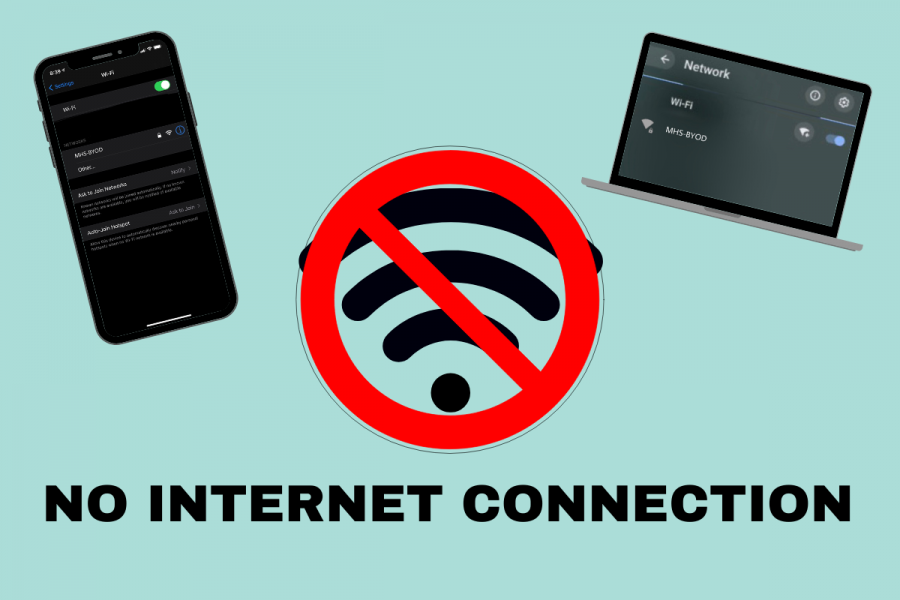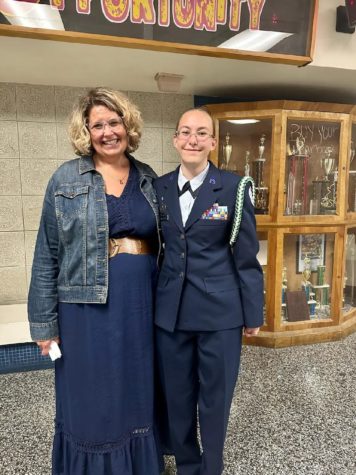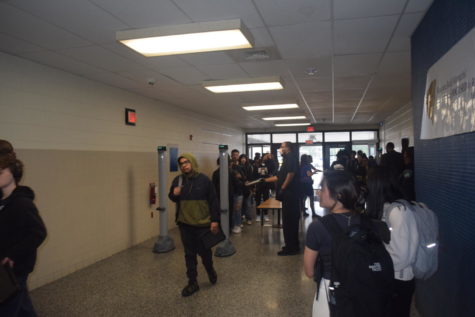Disconnected: BYOD Network Limited to NNPS Devices
Starting March 8, the BYOD Wifi network will not be available for use on students’ personal devices.
The Newport News Public Schools’ BYOD initiative and Wi-Fi network have allowed for students to use their personal cell-phones, laptops, and other devices for educational purposes in schools.
Starting March 8, however, as students participating in the hybrid “return to learn” plan begin to shift back to in-person education, this network will be limited to NNPS-issued chromebooks and other school devices, and students will not be able to use their personal devices to complete their school work while in the building.
One reason for this change is due to a limited amount of available bandwidth on the BYOD network.
“As part of our 1:1 student computing initiative, we are currently maintaining an inventory of more than 30,000 computers – all of which will need to connect to our wireless network,” explained Anthony Rice, the Newport News Public Schools Supervisor of Technical Support. “While the current wireless network should be able to accommodate connectivity for NNPS-purchased staff and student devices, it cannot concurrently support continued student access to the BYOD.”
“Think of it like a pipe, the bigger the clog, the slower the water moves through,” added Joshua Hazel, the Technology Support Specialist at Menchville. The more devices that are connected to the network, the slower it will become, and the harder it will be for students to efficiently access their school work. “In order to accommodate for the amount of devices that will be on the network now that every student and teacher has a NNPS-issued device, and the extra demand of teaching virtually, it’s necessary to preserve as much bandwidth as possible to avoid any speed or connectivity issues that could interrupt instruction.”
This change is also due to security concerns surrounding the connectivity of personal devices to the school network.
“Our current systems do not allow us to verify the security status (i.e. anti-virus, anti-malware software) on students’ personal devices before allowing them to connect to our network,” Rice stated. In order to protect the security of the entire network, school staff must be able to verify that student devices are secure and virus and malware free. By limiting the use of the network to Newport News issued devices, schools can guarantee that students have the necessary protective software on their computers.
Finally, the limit of personal device use in the building ensures that all students’ devices work properly and any repairs that are needed can be provided by Technology Support Staff.
“Using a NNPS issued device allows for greater security, ensures that Technology Support is able to repair or replace any device that isn’t working properly, and provide automatic updates to the Chrome operating system and remotely install any new applications that may be needed,” Hazel explained. “If a student was to use their personal device in the building…and if there is a problem with their personal device, Technology staff would not be able to provide support.”
Even before the transition to virtual learning, Newport News Public School staff have had a timeline in place to provide all students with their own Chromebooks to use for their school work. These Chromebooks will continue to be used in the classrooms in the future, and the fate of the BYOD network regarding personal use is not entirely certain; however, according to Rice, the Technology staff is in the process of upgrading the network infrastructure and hope to have a newly-installed wireless network in place in schools by the start of the 2021-2022 school year. This upgraded system will include “all new hardware and software (that) will allow more concurrent connections than our current system and also provide higher speeds for each user.” The new system’s functionality will also address many of the current safety concerns.
“Once the new system is in place, we will re-evaluate our ability to provide BYOD access for our students in a safe and secure manner.”

Committed to graduate in 2021, Beth Ellis is a fourth year staff writer for The Lion's Roar. She has always had a passion for writing and taking photos,...

